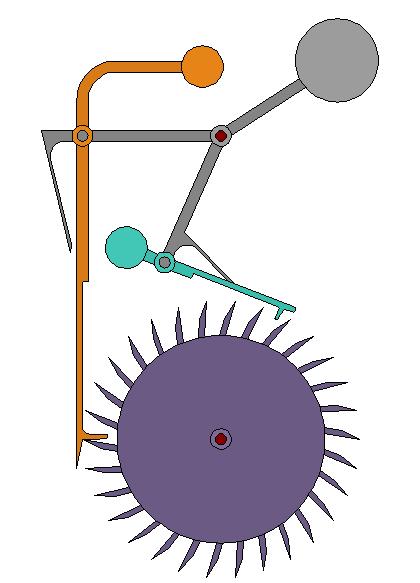G
geraint
I've been reading a book, about England in the 14th century. ZZZZZZZZ I know, but one curiousity that you may be interested in is that back in them days, before clocks were available, they used to measure the day by dividing the period between sunrise and sunset into 12 hours. Thus an hour in the summer would be longer than an hour in the winter. They also used to estimate the time of the day by looking at the position of the sun as it traversed the sky.
Now, eventually, clock towers began to be built in towns and therefore to delineate between the solar time and the clock time, one would refer to the latter as being the time "of the clock", or rather it's abbreviated "o'clock" .
Well I found it interesting anyway

Was it not called a sundial....




